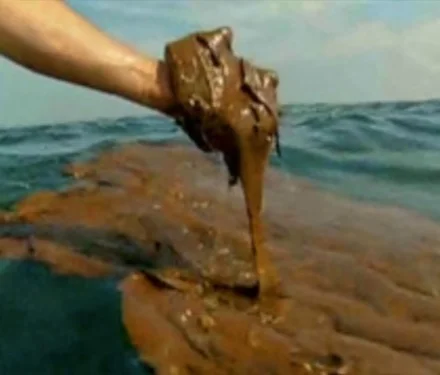What Goes On Your Skin, goes in™
If you don’t take care of your body, where will you live?
Your skin is your container that has to keep up with you … and since health is the new wealth, our focus here is all about healthy ingredients, in healthy products, to be used in an easy, effective skin care ritual.
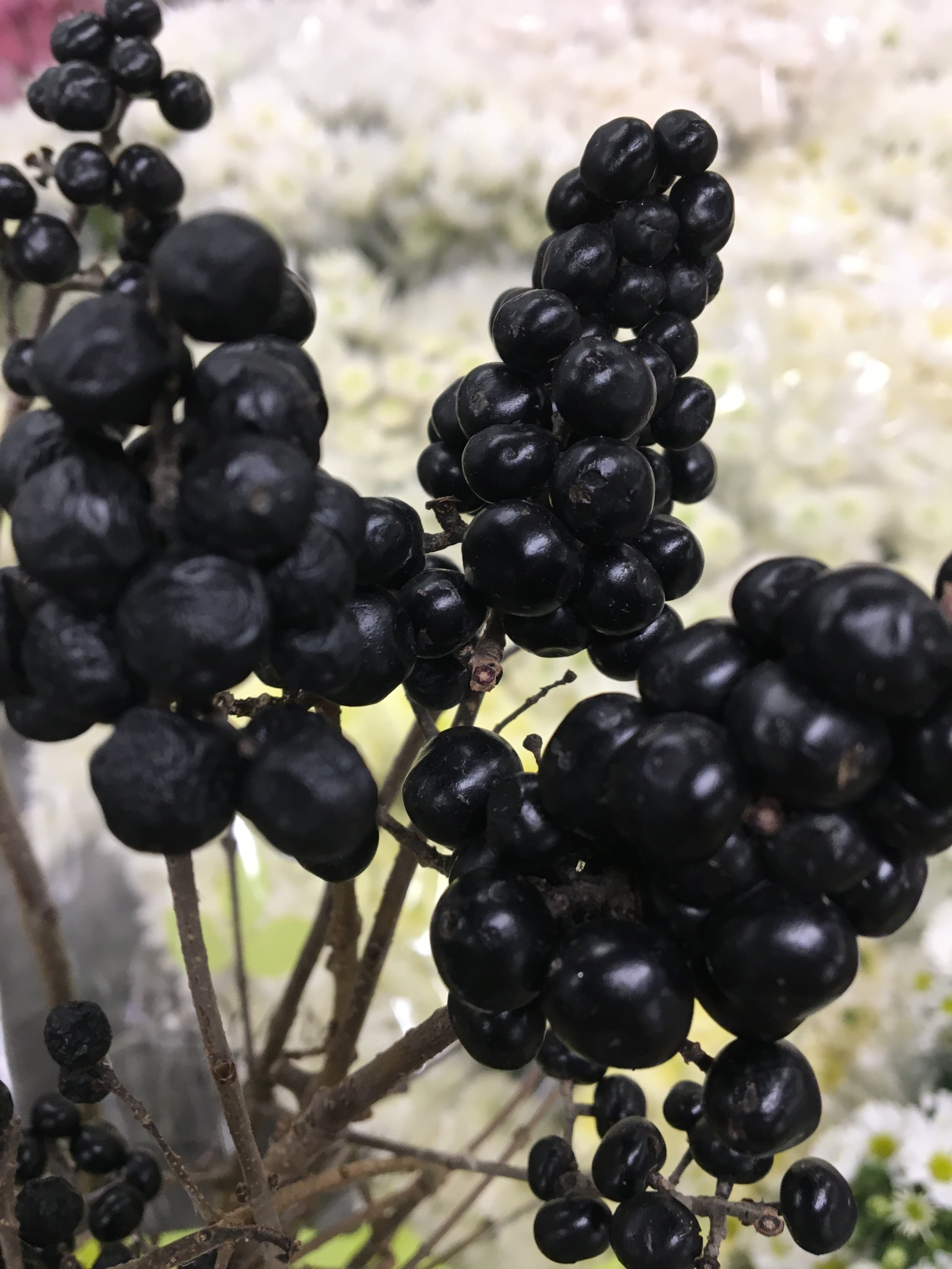
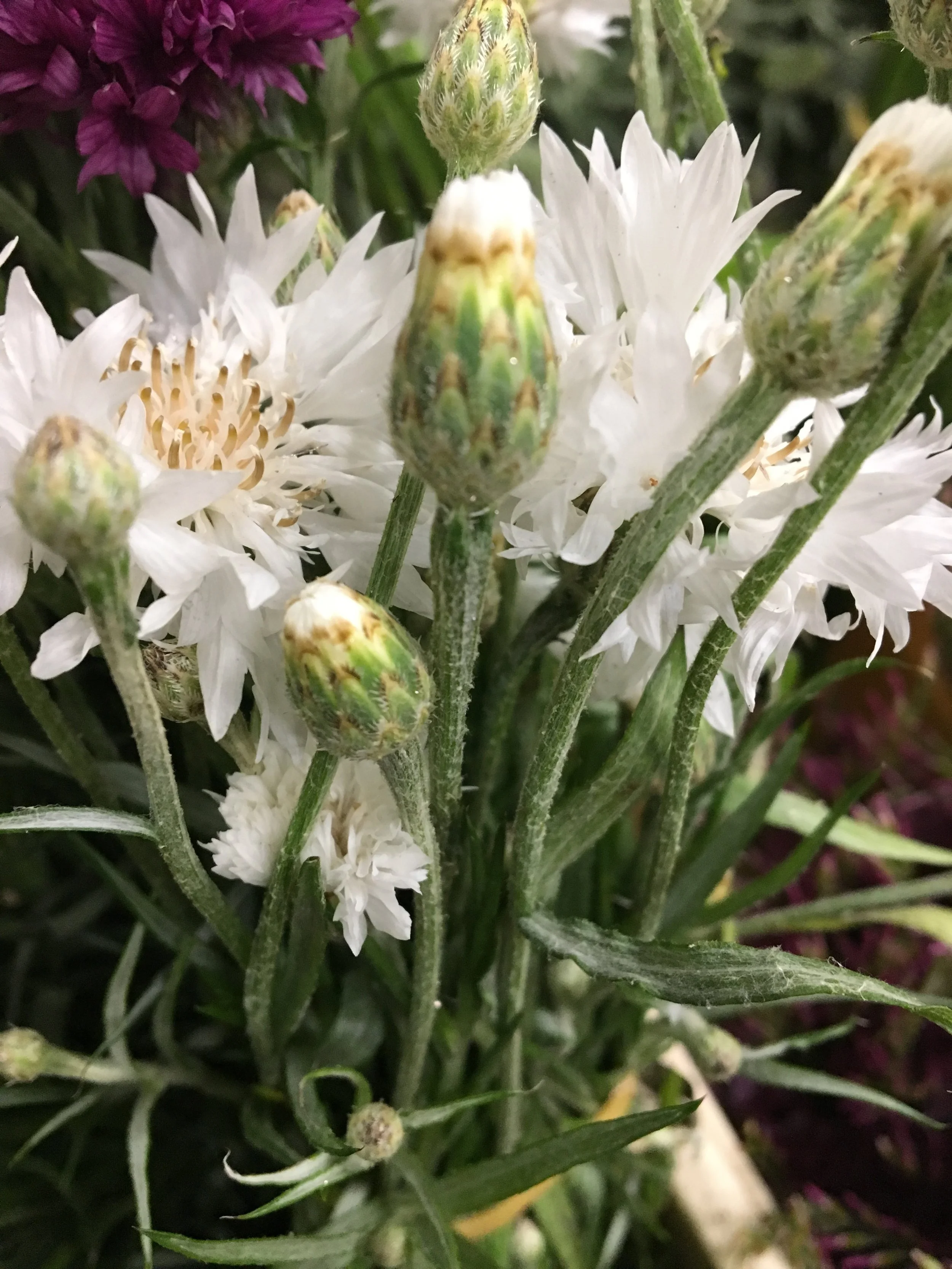
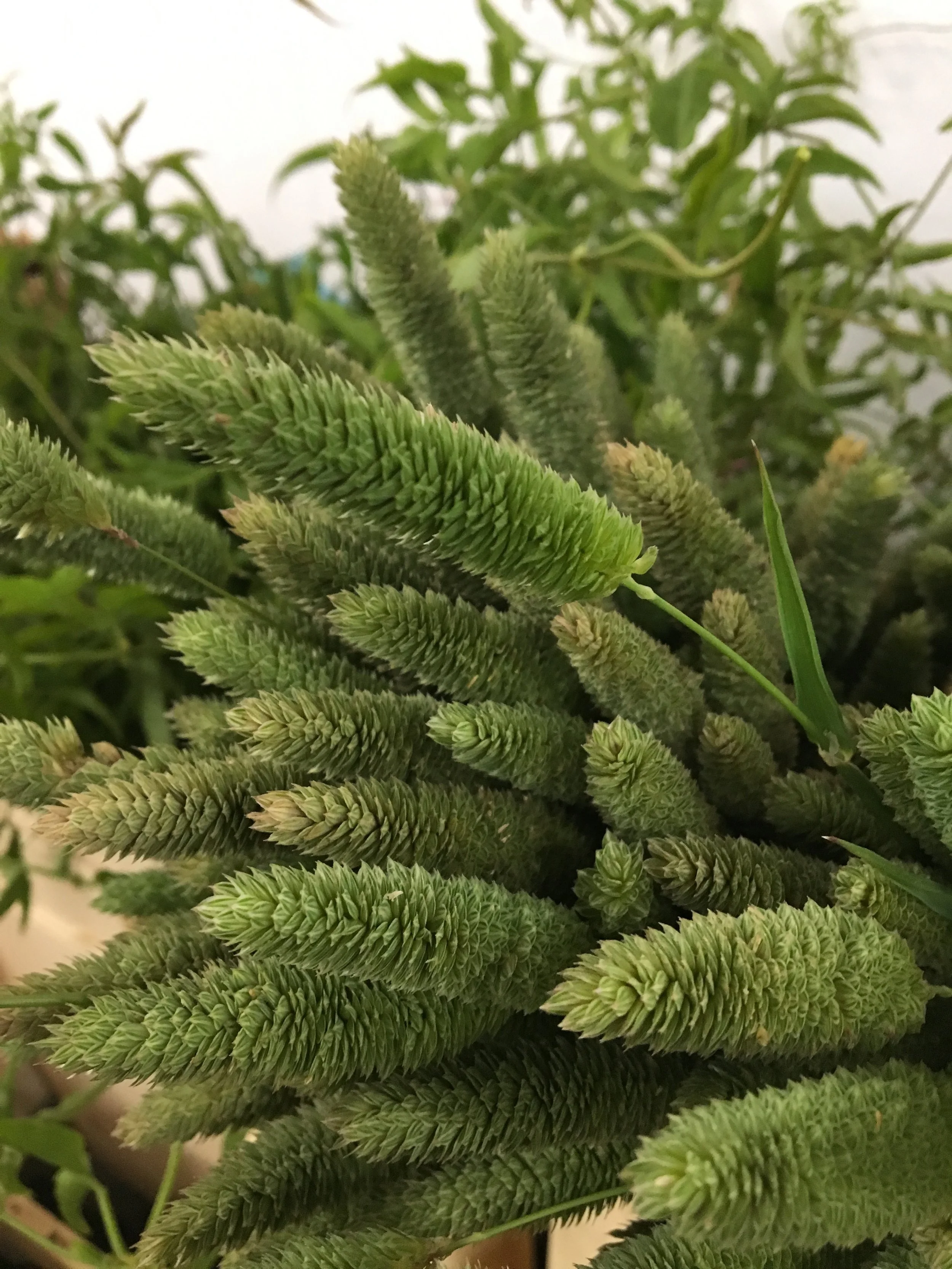

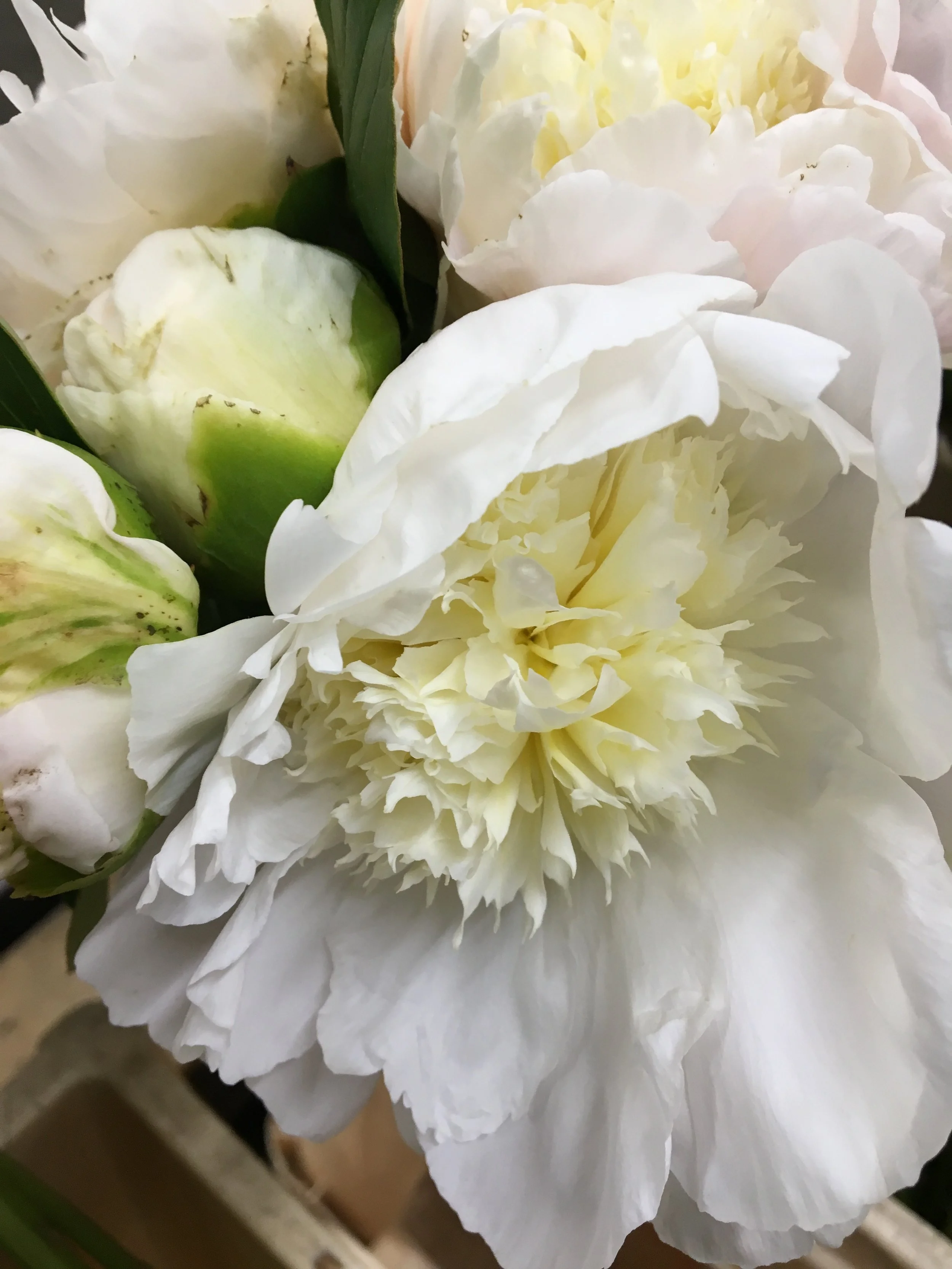
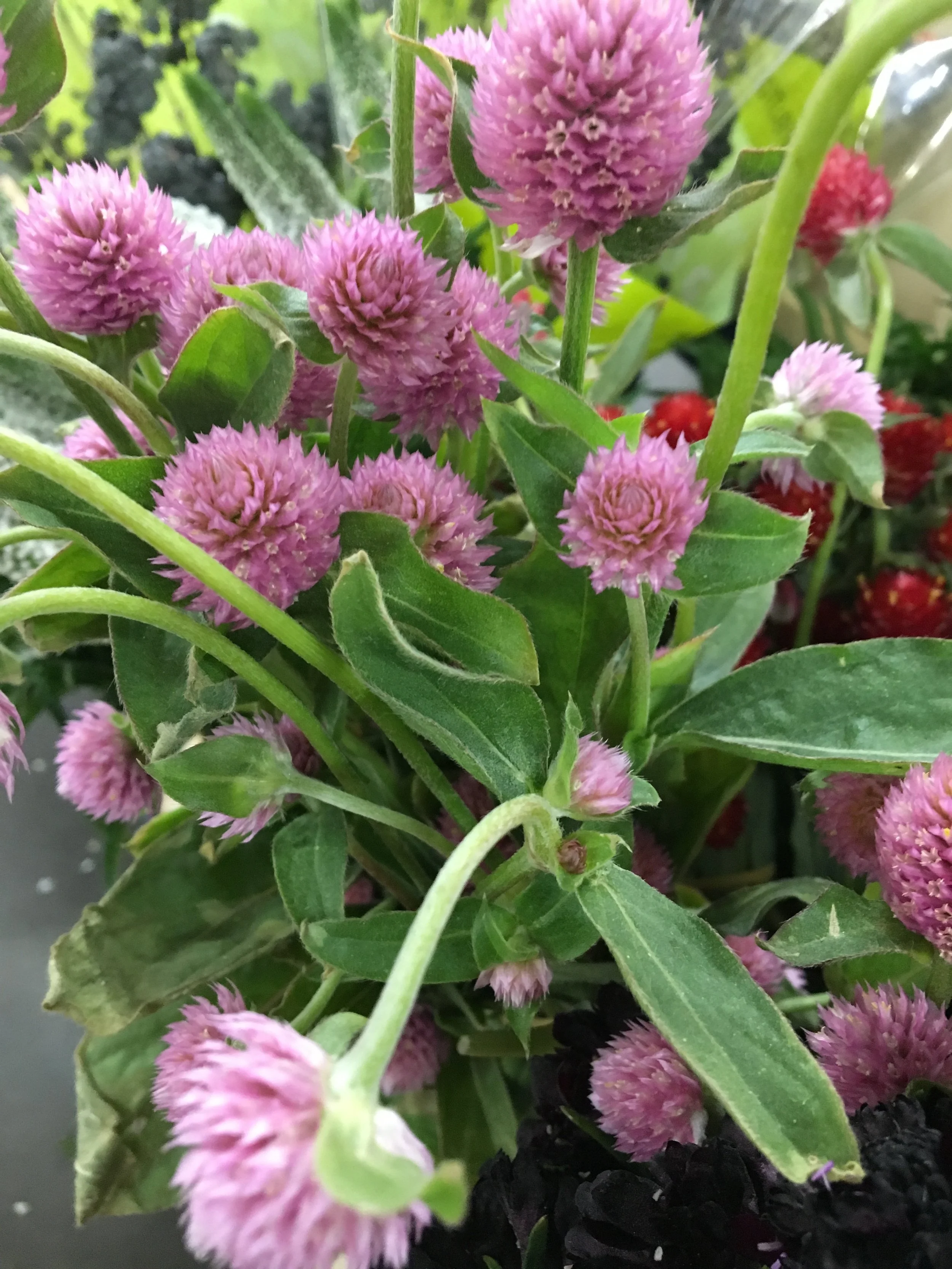
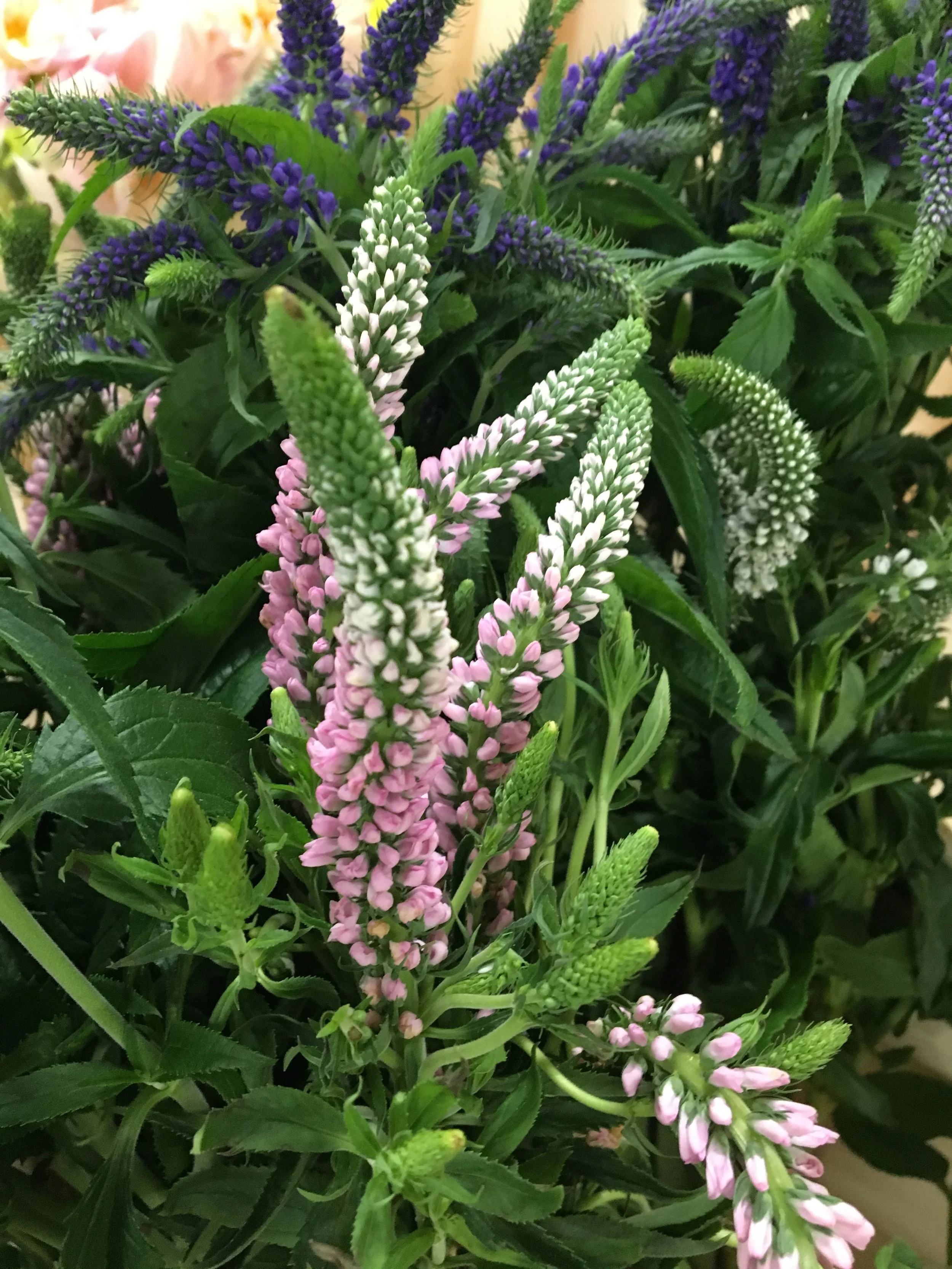
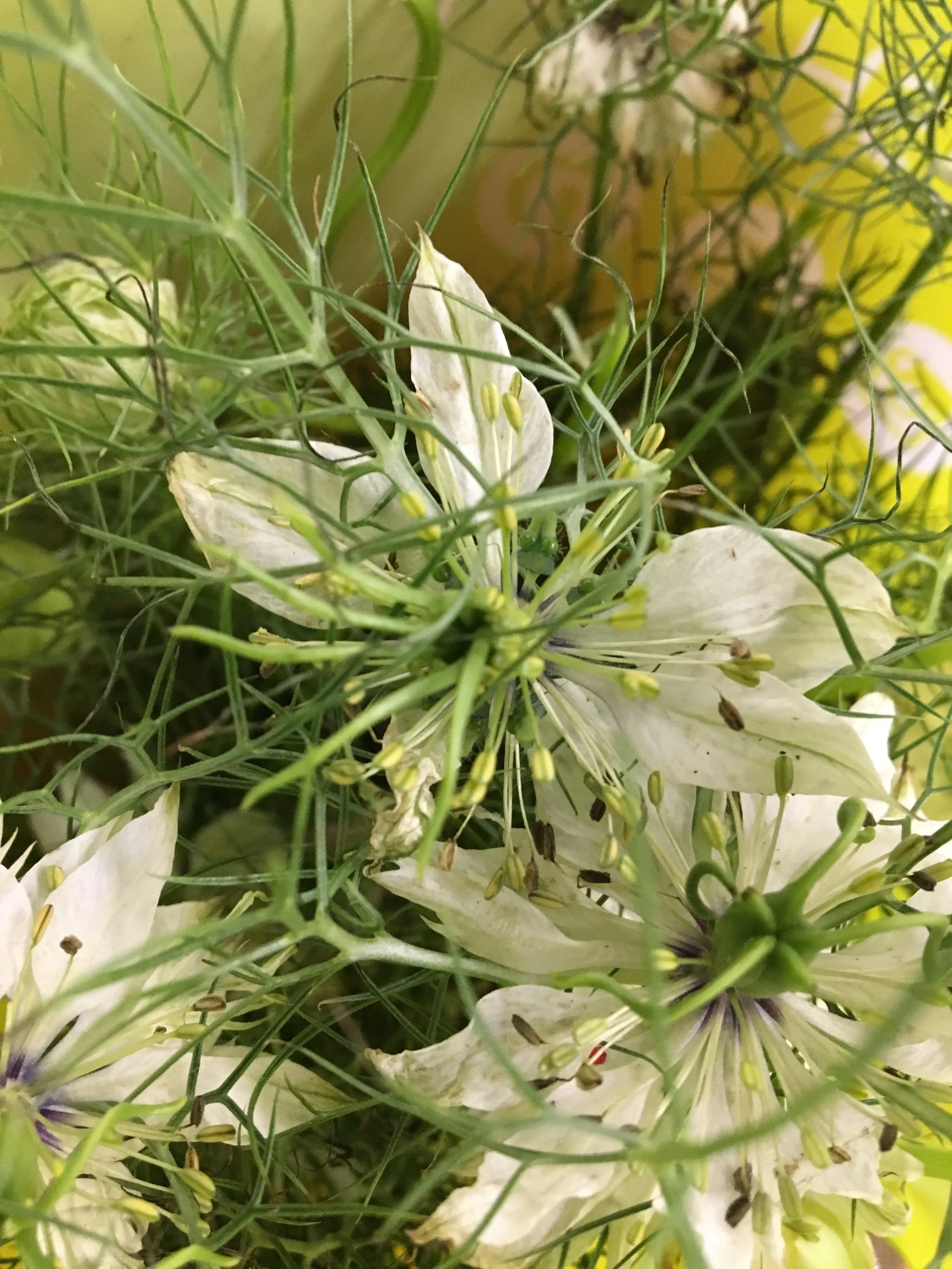


Let’s get the good stuff in, and keep the bad stuff out.
Our formulations are chock full of organic botanically derived ingredients, and where preservatives are required to keep products bacteria free and safe, we rely on food grade preservatives where possible. We also reference extensive databases including those of EWG (Environmental Working Group) Skin Deep™ Cosmetics Database, to screen for the health and safety of ingredients.
Loads of Good Stuff
Stuff we love and use in our formulations…
Alcohol Extracts of Bilberry, Chamomile, Cranberry, Lemon, Orange, Rooibos, Sugar Cane, Sugar Maple,
Aloe Leaf Juice
Amino Acids of Arginine, Aspartic Acid, Glycine, Alanine, Serine, Valine, Proline, Threonine, Isoleucine, Phenylalanine, Histidine
Ascorbic Acid (Vitamin C)
Beeswax
Botanical Hyaluronic Acid
Butters of Cocoa, Shea
Camphor
Deionized Water
Dimethyl Sulfone (MSM)
DL Panthenol (ProVitamin B5)
Essential Oils + Extracts of Arnica, Balsam, Bergamot, Bladderwrack, Calendula, Chamomile, Comfrey, Dandelion, Evening Primrose, Eyebright, Frankincense, Ginko Leaf, Goldenseal, Grapefruit, Wild Geranium, Helichrysum, Honeysuckle, Horsetail, Lavender, Lemon, Lemongrass, Licorice, Mandarin, Mango, Melissa, Mullein, Neroli, Orange, Oregon Grape Root, Peppermint, Periwinkle, Petit Grain, Rosemary, Tangerine Peel, Tea Tree, Thyme, White Willow Bark, Wild Indigo, Wintergreen
Extracts of Reishi, Spirulina
Fermented Algae
Flower Oils of Clary Sage, Lavender, Passion Flower
Fruit Extracts of Apple, Blueberry, Cranberry, Gotu Kola, Noni, Papaya, Pomegranate, Pumpkin, Rhubarb
Glycerin
Green Tea Leaf Extract
Honey
Hydrosols of Cucumber, Sandalwood
Lecithin
Niacinamide (Vitamin B3)
Olive Fruit Oil
Plant Stem Cells
Peptides
Royal Jelly
Sea Salt
Seed + Leaf Powders of Cranberry, Hibiscus, Mustard Seed, Oat Seed, Olive Leaf, Turmeric Root
Squalane (Olive Oil Based)
Tocopherol (Vitamin E)
Oils of Argan, Avocado, Borage, Black Currant, Carrot Seed, Camellia Seed, Castor, Coconut, Flax Seed, Grapeseed, Hazelnut, Jojoba, Kukui Nut, Macadamia Nut, Meadowfoam Seed, Neem, Olive, Papaya Seed, Patchouli, Prickly Pear Seed, Raspberry Seed, Rosehip, Safflower, Sesame Seed, Strawberry Seed, Sunflower, Tamanu
Preservatives of Ethylhexylglycerin, Phenoxyethanol, Polysorbate-60 (Plant Derived), Potassium Sorbate, Sodium Ascorbic Phosphate, Sodium Benzoate
Ubiquinone (CoQ10)
Water of Chamomile, Lavender
Witch Hazel water
Xanthan Gum
None Of The Bad Stuff
Stuff we never use in our formulations…
Aminophenol, diaminobenzene, phenylenediamine (Coal Tar) - Coal tar, a byproduct of coal processing, is a known human carcinogen, according to the National Toxicology Program and the International Agency for Research on Cancer.
Butylated hydroxyanisole (BHA) - The National Toxicology Program classifies butylated hydroxyanisole (BHA) as “reasonably anticipated to be a human carcinogen.” It can cause skin depigmentation. In animal studies, BHA produces liver damage and causes stomach cancers such as papillomas and carcinomas and interferes with normal reproductive system development and thyroid hormone levels.
Dibutyl phthalate, toluene and formaldehyde - These chemicals, known as the “toxic trio,” have been linked to birth defects, endocrine disruption, headaches and respiratory problems.
Ethanolamines (MEA/DEA/TEA) - PH adjuster and buffering agent that can irritate eyes, skin, and lungs, as well as be toxic to the organ system.
Ethylenediaminetetraacetic acid (EDTA) - a chelating agent added to cosmetics to improve stability that may be toxic to organs.
Hydroquinone - The FDA warns that this skin-bleaching chemical can cause a skin disease called ochronosis, with “disfiguring and irreversible” blue-black lesions on exposed skin. Illegally imported skin lighteners can contain mercury, which can poison adults and children and is especially toxic during pregnancy. Be wary of imported skin lighteners, don’t buy products without ingredients clearly labeled, and always avoid products with “mercury,” “calomel”, “mercurio” or “mercurio chloride.”
Oxybenzone - Oxybenzone is one of the highest-risk chemicals found in sunscreen. It acts like estrogen in the body, alters sperm production in animals and is associated with endometriosis in women. Studies on cells and laboratory animals indicate that oxybenzone and its metabolites may disrupt the hormone system. Opt for sunscreens with zinc oxide or titanium oxide or avobenzene instead.
Parabens - The FDA acknowledges several studies linking parabens, which mimic estrogen, to breast cancer, skin cancer and decreased sperm count, but has not ruled that it is harmful. According to the European Commission’s Scientific Committee on Consumer Products, longer chain parabens like propyl and butyl paraben and their branched counterparts, isopropyl and isobutylparabens, may disrupt the endocrine system and cause reproductive and developmental disorders.
Petroleum distillates - Petroleum-extracted cosmetics ingredients that include paraffin and mineral oil, may cause contact dermatitis and are often contaminated with cancer-causing impurities. They are produced in oil refineries at the same time as automobile fuel, heating oil and chemical feedstocks. These hydrocarbons cannot be metabolized. Their occlusive nature means they seal off the skin’s pores that prevent toxins getting out, and air in. Considered xenoestrogens, they cause a common condition of estrogen dominance with little or no progesterone to balance.
Polyethylene/PEGs - Those tiny plastic beads in face or lip scrubs and exfoliating washes are made from polyethylene (used because they’re gentler on the skin than natural exfoliators like walnut shells). These synthetic chemicals are frequently contaminated with 1,4-dioxane, which the U.S. government considers a probable human carcinogen and which readily penetrates the skin. Polyethylene has been noted as a skin irritant and should never be used on broken skin.
Preservatives bronophol, BHT (butylated hydroxytoluene, C12-15 alkyl benzoate, diazolidinyl EDTA, DMDM hydantoin, EDTA, formaldehyde, imidazolidinyl urea, methychloroisothiazolinone (CMIT), methylisothiazolinone (MIT), parabens (propylparaben, methyparaben, butylparaben, ethylparaben, isobutylparaben, isopropylparaben), polyoxymethylene urea, quaternium 15, and tetrasodium EDTA.
Sodium laurel or lauryl sulfate - SLS has been shown to cause or contribute to: skin irritation, canker sores, disruptions of skin’s natural oil balance and eye damage. It is also widely believed to be a major contributor to acne (especially cystic acne) around the mouth and chin.
Triclosan and triclocarban - Triclosan (in liquid products) and triclocarban (in bar soaps) have been linked to hormonal disruptions, bacterial resistance, impaired muscle function, impaired immune function and increased allergies.



